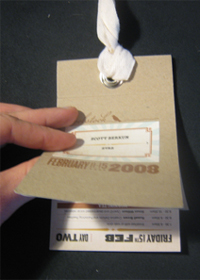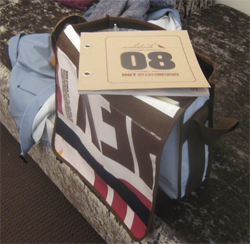This is one of the greatest stories of innovation and change I’ve heard about in some time.
Note: although there are religious themes here, I’m aiming at the nature of change, not theological debate (Keep that in mind in the comments please).
One tension we all face is how to reconcile respect for the past with the desire to making the world a better place. There is an inherent conflict: we use traditions to honor the past and stay connected with who we were. But if innovation is change, it means breaking with the past to make things better. And rarely do people agree on which traditions should be broken and how to break or reinterpret them.
The irony of course is that all traditions, even ones 1000 years old, were invented by someone. And on that day they asked people to break with whatever tradition came before it. The study of any history is the study of change. As Woody Allen said, “Tradition is the illusion of permanence.” However, even if it is an illusion, it’s a powerful one that can bring people together.
Recently the Vatican announced several new lists of behaviors they now define as sinful. The list includes pollution, drug abuse and becoming obscenely wealthy. They also released a curious list of rules for the road, leading to much sarcastic commentary.
On the one hand, wow. For the first time in nearly 1500 years, they’ve released version 2.0 of their list (Note that the 7 deadly sins as we know them do not appear in the Western bible). That’s not an easy thing to do – and it’s fascinating to see one of the oldest and most conservative organizations in the western world demonstrating renewed interest in the pressing issues of the day.
On the other hand, early Christian theology, or at least the Jesus Christ described by the approved gospels, has always been tough on the wealthy and those that take advantage of the weak (The whole eye of a needle thing). And this list can be seen as a call to return to those values – it’s a change, but a change in line with ideas from the past.
But the best way to comprehend all this comes from A.J. Jacobs excellent book, The Year of Living Biblically. In the process of trying to follow every instruction in the bible for 365 days, he learned that the bible has always been a matter of personal interpretation, from what laws apply, to how they’re applied. And when you add the multitude of translations, secondary gospels and other options on biblical law, the conception of there ever being a single definitive, comprehensible, interpretation free rulebook for living seems an impossibility, now or ever.
In this context, what we superficially see as static, say a bible or a religious law, rarely holds together when put into play by millions of different people. We make one tiny interpretation here, or exception there, and naturally gravitate to those who make similar choices, and in this sense, we are all low-scale innovators. Perhaps we do it in private, or in secret, but everyone’s unique nature surfaces even in how we follow the same rules. And of course all religious groups throughout history have had different leaders at different times and each emphasized different rules, beliefs, traditions and activities, while ignoring others (E.g. religious wars generally violate the core principles of the whoever founded the religion).
It seems a smart thing for a religion, or any powerful group, to do what the Vatican has done: to update its rules and guidelines to reflect the changing nature of people and the world. What could be smarter than a tradition to re-evaluate the traditions?
There can be no smarter tradition for anyone than to 1) encourage a questioning of old rules and what motivations their authors had, and 2) allowing periodic changing of rules for the present so they have the greatest value, until they need to be changed again.

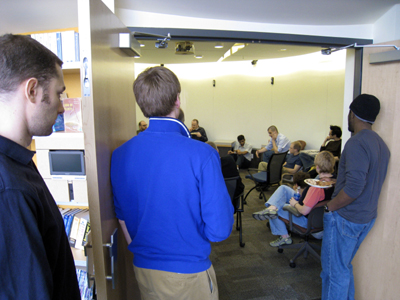
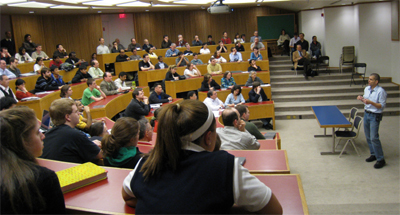

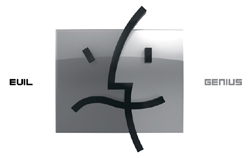 The recent
The recent 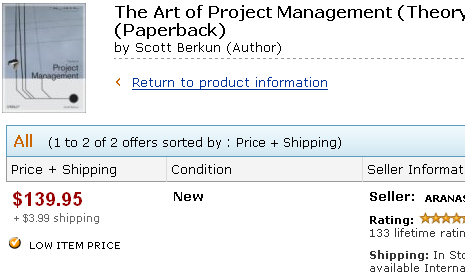
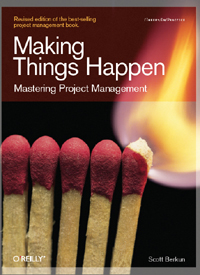

 I’ll be doing two sessions at this year’s
I’ll be doing two sessions at this year’s 